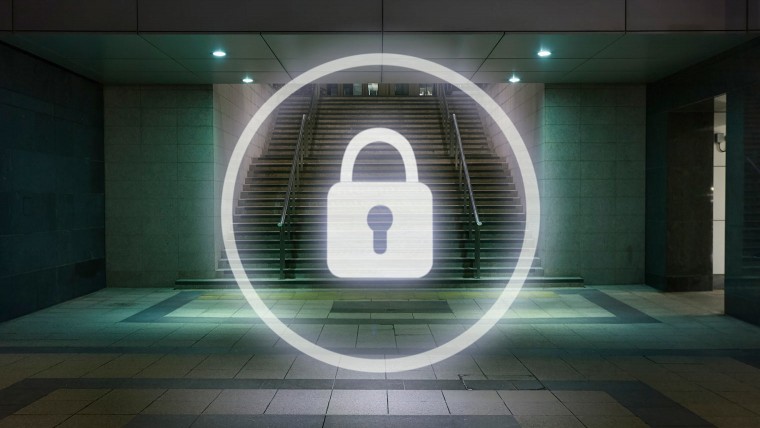EU customs investigators get new, powerful tools to combat fraud
Picture this scenario – the European Union imposes anti-dumping duties for a particular product, sunglasses, for example, coming from an Asian country. All of a sudden, there is a sharp reduction in such imports from the country in question, but a significant increase in sunglasses being imported from a neighbouring state. Just a coincidence? Not for OLAF investigators, who, with access to state-of-the-art electronic tools, could realise this is a plot by fraudsters to get out of paying duties by falsely declaring the origin of goods.
In such transnational cases, having access to complete information on the route of a particular shipment is key. As of 1 September, customs investigators across the European Union will be able to use new electronic tools to combat customs fraud more effectively. Through an update of customs rules, authorities will be able to access new IT systems that record the physical movements of containers transported on maritime vessels and gather information on the goods entering, transiting and leaving the EU. These new instruments will allow the EU and its Member States to better track and trace suspicious shipments and to better detect customs fraud.
“Customs fraud is a drain on public budgets and we need to counter it with an effective and smart response”, said European Commission Vice-President Kristalina Georgieva, welcoming the implementation of the new legal provisions. “Thanks to new IT tools, public authorities will be better equipped to address this challenge without disrupting legitimate trade” she added.
Customs fraud – for example, the misdeclaration of product origin, undervaluation, or misdescription of goods at import – causes significant damage to the EU’s financial interests. Given the transnational nature of such fraud, cooperation between customs authorities is essential.
In practice, the amended legislation which applies from today has prompted the creation of two new databases. Investigators will now be able to access a new Container Status Messages directory which gathers messages recording the movements of containers transported on maritime vessels. The directory will contain messages directly provided by maritime carriers. Similarly, an Import, Export and Transit directory has also been developed, containing data on goods entering, transiting and leaving the EU. Data relating to exports which will be gathered is limited to sensitive products, such as tobacco, alcohol and fuels. Customs officials, as well as the EU anti-fraud office OLAF, will be able to cross-check the information from both databases to detect potential fraud patterns. These new tools will strengthen the analytical capabilities of national customs authorities and OLAF in detecting fraudulent operations.
Moreover, the amended legislation will help speed up OLAF investigations by setting out deadlines for the Member States to provide investigation-related documents. It will also facilitate the use of information obtained on the basis of mutual assistance as evidence in national judicial proceedings.
Background:
The EU legislation mentioned above provides a legal basis for mutual assistance and the exchange of information among the Member States, as well as between the Member States and the European Commission, on matters relating to the detection, prevention, and investigation of customs fraud. On the same legal basis, OLAF and the customs authorities of the Member States as well as some third countries, regularly carry out Joint Customs Operations.
OLAF mission, mandate and competencies
OLAF’s mission is to detect, investigate and stop fraud with EU funds.
OLAF fulfils its mission by:
- carrying out independent investigations into fraud and corruption involving EU funds, so as to ensure that all EU taxpayers’ money reaches projects that can create jobs and growth in Europe;
- contributing to strengthening citizens’ trust in the EU Institutions by investigating serious misconduct by EU staff and members of the EU Institutions;
- developing a sound EU anti-fraud policy.
In its independent investigative function, OLAF can investigate matters relating to fraud, corruption and other offences affecting the EU financial interests concerning:
- all EU expenditure: the main spending categories are Structural Funds, agricultural policy and rural development funds, direct expenditure and external aid;
- some areas of EU revenue mainly customs duties;
- suspicions of serious misconduct by EU staff and members of the EU institutions.
